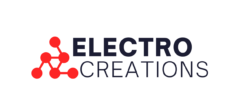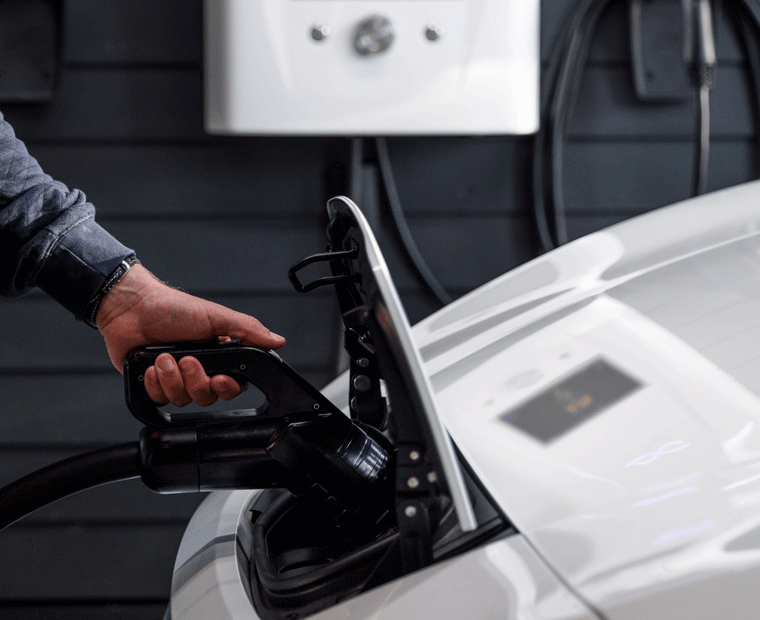A bi-directional inverter is an electronic device that can convert direct current (DC) power produced from solar panels or batteries into alternating current (AC) power that can be used to power electrical appliances or sold back to the grid. It can also convert AC power from the grid into DC power for storage in batteries.
The technology behind bi-directional inverters involves a complex system of power electronics and control circuits. The inverter uses high-frequency switching to regulate the flow of power between the DC and AC sides of the system. It also needs to be able to handle the varying voltages and frequencies of the AC grid, as well as the fluctuations in solar panel output.
To achieve this, bi-directional inverters use advanced algorithms and software to monitor and adjust the power flow in real-time. Some inverters also have built-in energy management systems that can optimize energy production and storage based on user preferences and grid conditions.
Overall, the technology behind bi-directional inverters is critical for enabling the efficient and effective use of renewable energy sources. By allowing for bidirectional power flow, these inverters help to reduce reliance on fossil fuels and improve the sustainability of our energy systems.


